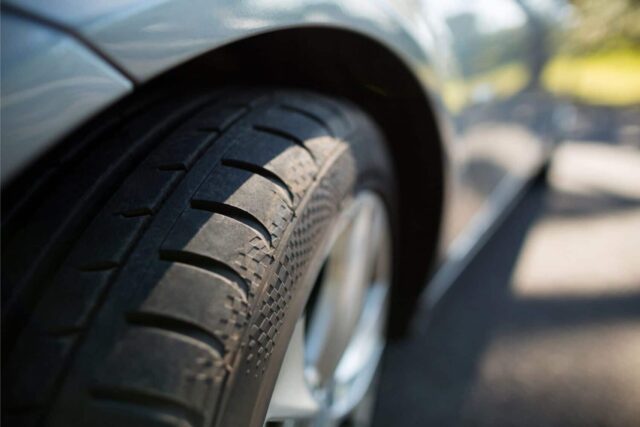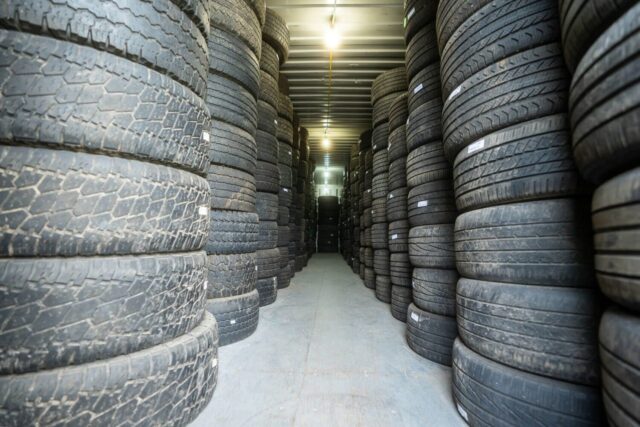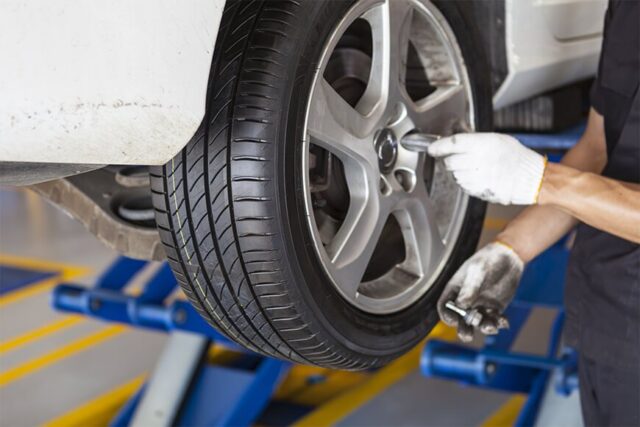
As the world pivots towards more sustainable living, every aspect of our daily lives is being scrutinized for its environmental impact. One often overlooked component of this discussion is the humble tire.
With billions of tires produced annually, their disposal poses significant environmental challenges. Could used ones be the answer to more sustainable driving?
The crucial part is to find a reliable supplier. Therefore, look for well-known stores that are selling used car tires.
This article delves into the potential of promoting environmental sustainability and the benefits it offers.
The Environmental Impact

Tires are essential for vehicles, yet their production and disposal have substantial environmental repercussions. Traditional tire manufacturing involves the use of non-renewable resources, including petroleum-based products. Moreover, tires are notoriously difficult to dispose of due to their durability and composition, often ending up in landfills or being incinerated, leading to pollution.
Production Concerns: The process of making new units requires significant energy and resources. From raw material extraction to the final manufacturing stages, each step has a carbon footprint. Additionally, the chemical composition can release harmful pollutants during production and disposal.
Disposal Issues: Disposing poses a significant environmental challenge. They are not biodegradable, and improper disposal can lead to environmental contamination. Burning tires releases toxic chemicals into the atmosphere, contributing to air pollution and potential health risks.
Benefits
Utilizing can mitigate many of the environmental issues associated with tire production and disposal. Here are some key benefits:
- Resource Conservation: By using existing tires, we reduce the demand for new raw materials. This conservation effort can significantly lower the carbon footprint associated with tire production.
- Waste Reduction: Repurposing used tires helps keep them out of landfills and reduces the need for incineration. This waste reduction is crucial for mitigating pollution and preserving natural landscapes.
- Economic Savings: Used tires are often more affordable than new ones. For consumers, this translates to cost savings while still maintaining safety and performance standards.
- Energy Efficiency: The energy required to refurbish used tires is significantly less than what is needed to produce new ones. This energy efficiency contributes to overall sustainability goals.
The Process of Refurbishing

Refurbishing used tires involves several steps to ensure they meet safety and performance standards. This process is crucial for transforming old tires into reliable, eco-friendly alternatives.
- Inspection: The first step is a thorough inspection of the used tires to assess their condition. Those with excessive wear or damage are discarded.
- Buffing: The worn surface of the tire is removed through a process called buffing. This step prepares the tire for the application of a new tread.
- Retreading: A new tread is applied to the buffed tire. This tread is bonded to the tire through a curing process, which ensures durability and performance.
- Quality Control: The refurbished undergo rigorous testing to ensure they meet safety standards. This quality control step is essential for consumer confidence and safety.
The Market
The market for used tires is expanding as more consumers and businesses recognize their benefits. This growth is driven by several factors:
- Environmental Awareness: Increased awareness of environmental issues has led to a growing demand for sustainable products, including used.
- Cost-Effectiveness: The cost savings associated with used tires make them an attractive option for budget-conscious consumers.
- Regulatory Support: Governments and environmental organizations are promoting the use of refurbished products to reduce waste and conserve resources. Regulatory support can help drive market growth.
- Technological Advancements: Advances in tire refurbishment technology have improved the quality and performance of used tires, making them a viable alternative to new ones.
Challenges and Considerations
While the benefits are clear, there are challenges and considerations to address:
- Perception: Some consumers may have concerns about the safety and performance of used tires. Education and awareness campaigns are essential to change these perceptions.
- Supply Chain: Establishing a reliable supply chain for used tires can be challenging. Efficient collection, refurbishment, and distribution processes are crucial for market success.
- Regulations: Ensuring compliance with safety and environmental regulations is essential for the acceptance and growth of the used tire market.
- Technological Investment: Continuous investment in refurbishment technology is necessary to maintain high standards and improve the lifespan of used tires.
The Future of Sustainable Driving

The future of sustainable driving could very well include a significant role for used tires. As technology advances and consumer awareness grows, the potential for used tires to contribute to environmental sustainability increases. Here are some predictions for the future:
- Increased Adoption: As more consumers recognize the benefits, the adoption of used tires is likely to increase. This shift could lead to a significant reduction in tire-related waste and resource consumption.
- Technological Innovations: Advances in tire refurbishment technology will continue to improve the quality and performance of used tires. Innovations such as improved bonding processes and more durable materials could extend the lifespan of refurbished tires.
- Regulatory Support: Governments may introduce more regulations and incentives to promote the use of used tires. These measures could include tax breaks, subsidies, or stricter disposal regulations for new tires.
- Industry Collaboration: Collaboration between tire manufacturers, refurbishment companies, and environmental organizations could lead to more efficient and sustainable tire lifecycle management. This cooperation could enhance the overall sustainability of the tire industry.
Conclusion
Used tires offer a promising solution for more sustainable driving. By conserving resources, reducing waste, and providing cost-effective alternatives, they contribute significantly to environmental sustainability.
While challenges remain, continued technological advancements and increased consumer awareness can drive the growth of the used tire market. As we move towards a more sustainable future, the role of used tires in promoting eco-friendly driving practices cannot be overlooked.
In summary, embracing used tires as part of our sustainability efforts can lead to a cleaner, greener future. The potential benefits, both environmental and economic, make used tires a viable and attractive option for consumers and businesses alike.









